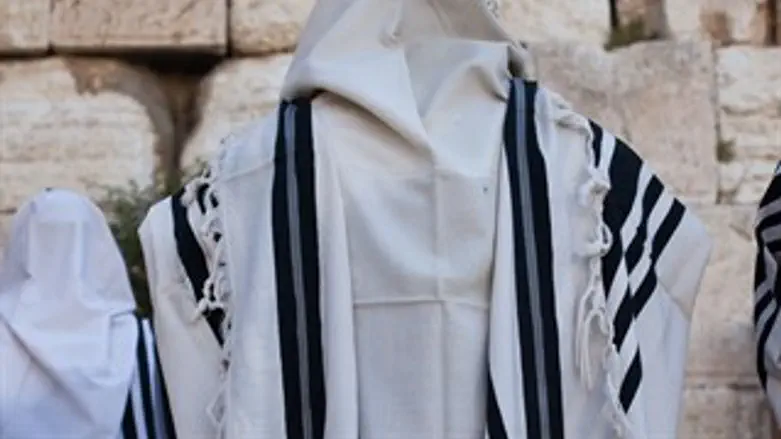
My Dear Congregants:
Have any of you seen the movie Matrix?
You can Google the story line if you haven’t, but on Yom Kippur we are like that poor fellow Neo in the movie, who is caught between two worlds, two very different matrixes. We live lives in the physical world, but we know that a higher, more spiritual world exists: the world inhabited by our souls.
We are about to start Kol Nidrei. As we take out the Torah Scrolls, we are symbolically recreating the giving of the Torah on Sinai. Why? Because on the first Yom Kippur, the Jews were given the second Tablets (Luchot), after botching up the first ones with their Golden Calf.
Remember how in the movie, Neo and the rest of the good guys live in two matrixes, flipping back and forth between the phony world constructed by the evil machines, and the real, human world? Well, that’s exactly what Yom Kippur is telling us Jews to do. We live all year in a physical world of broken Luchot, with its fragmented Time, ideals and human interactions. Yet we know that that higher, spiritual world exists, a world of whole, complete Luchot.
Moreover, we don’t negate either world in favor of the other; like Neo in Matrix, we are supposed to live in both worlds. Indeed, the Rabbis tell us that both Tablets were kept in the Aron, the Ark of the Tabernacle. We are to develop this physical, incomplete world, like an Adam told to “cultivate and guard” the Garden of Eden (Genesis 2; 15). Yet at the same time, we are to always keep in mind, in all we do, that higher world.
Thus we are to emulate Boaz who gave Ruth six barley-corns; however, Chazal say that the level of that interaction was that Boaz shared with Ruth that they would produce the six Kings (and Prophets) David, Chizkiyahu, Yoshiyahu, Hananiah, Mishael and Azaria (Ruth 3; 17 and Talmud Nedarim 37b).
We live in both these worlds. True, we will say in the Haftorah tomorrow that we will “open the bonds of wickedness, undoing the bands of the yoke” (Isaiah 58; 6- Rav S. R. Hirsch/ Breur translation) of physicality, letting our souls loose. Moreover, we will send all our physicality to the desert, with the Sair La’Azazel, the Scapegoat offering.
All that is true, but only up to a point: the moment after. For we know that we must come down from the mountain of Yom Kippur, and live in that fragmented, physical world. We do Teshuva(“ Repentance”, which is a poor translation; see my “ Today the World Was Conceived”, Sep. 3,2013), but we are no dreamy-eyed “ Baal Teshuva”, who totally renounces his past life. We know that the life we left on the 9th of Tishrei (the day before Yom Kippur) is the way we have chosen to interact with this physical world, our Avodah (service) of cultivating the Garden.
We may symbolically say on Yom Kippur that we are willing to give away all of the (Scape) goat of physically, and mean it, but we know that that’s only metaphorically, not actually, true. Our Teshuva might include the readiness to discard even those necessary and positive elements of our physical lives (and certainly the nonsense and evil aspects of our behaviors-“to Azazel (hell) with it”), but we know deep down we need them to continue our actual lives.
In short, we are human, living the human paradox of creatures of the (fragmented) moment(s), yet bearers of an eternal soul. We long to stay on the high spiritual level of Yom Kippur, yet by 6pm Saturday we will be looking at our watches, calculating how much longer our poor physical selves have to suffer the fast.
How do we create a world we can live in? We, creatures who are distinguished by the ability to think and talk (Rashi and Targum on Genesis 2; 7) start to create our world by recognizing the primal importance of our speech, as the means of Creation (not a mere means of communication), with this ceremony we are about to do.
So now, please take out those “old time Torah Scrolls” (per Rabbi Lenny Solomon) and follow me:
“Kol Nidrei, ve”Esarei….”
(Based on the thoughts of Rav Matis Weinberg)